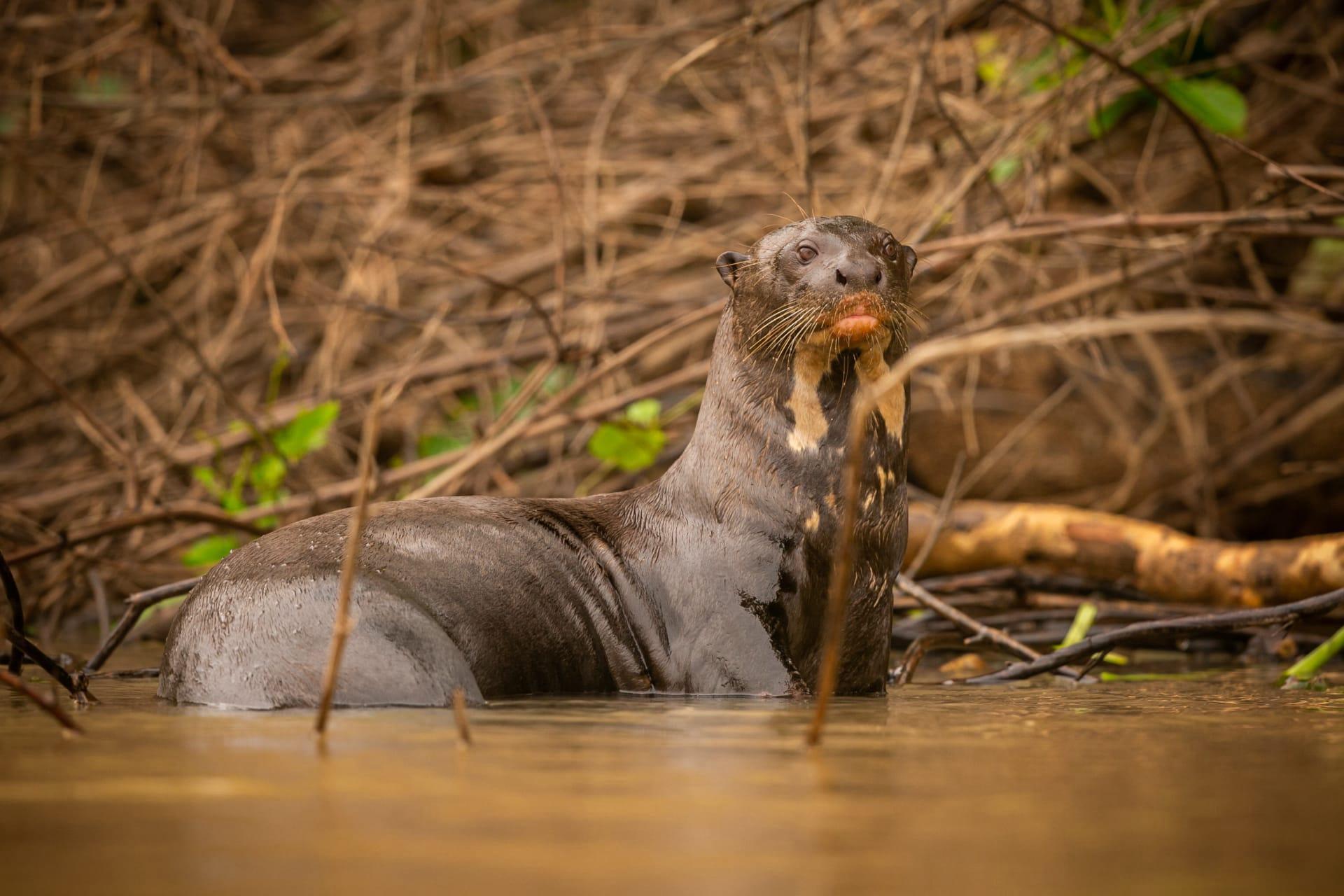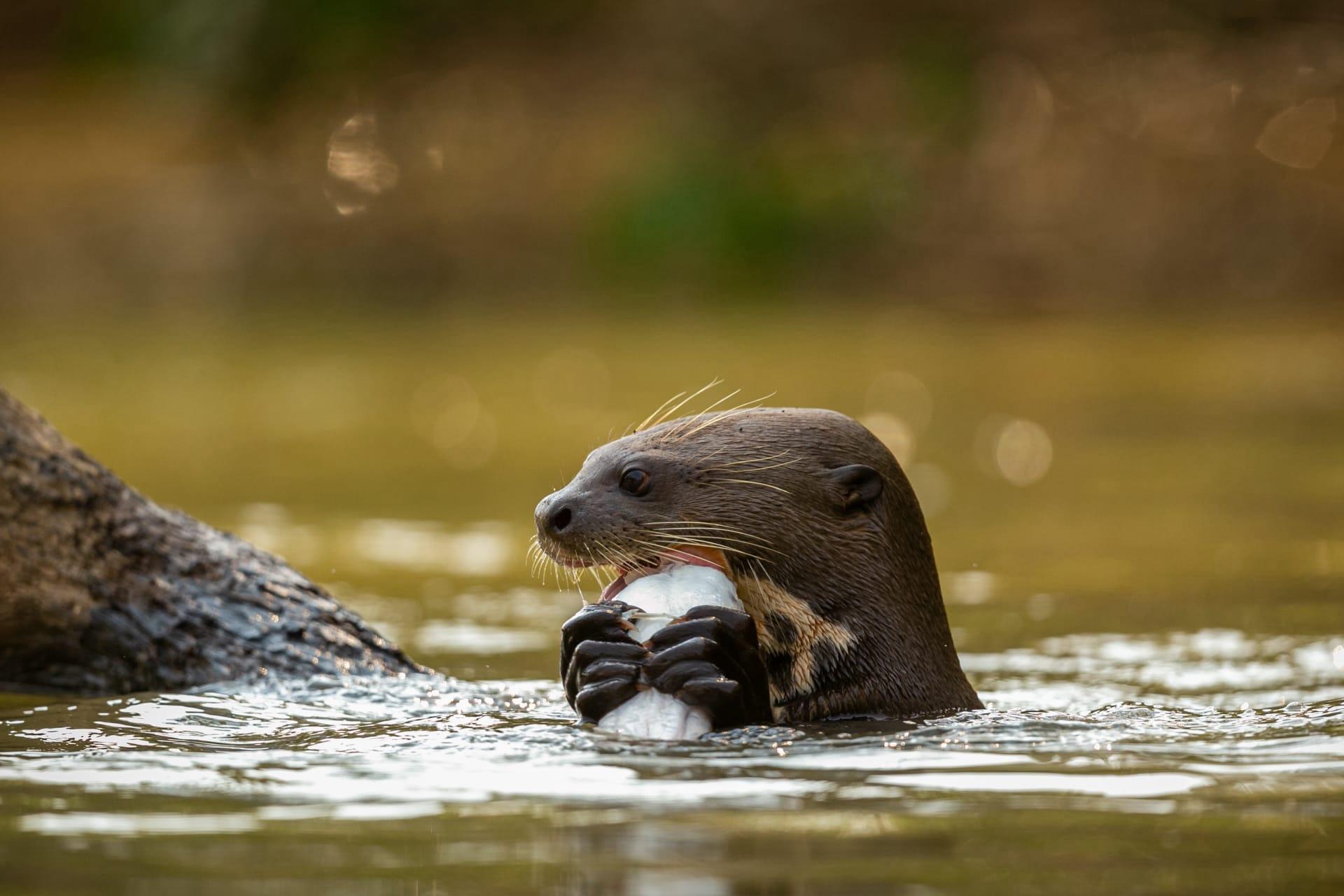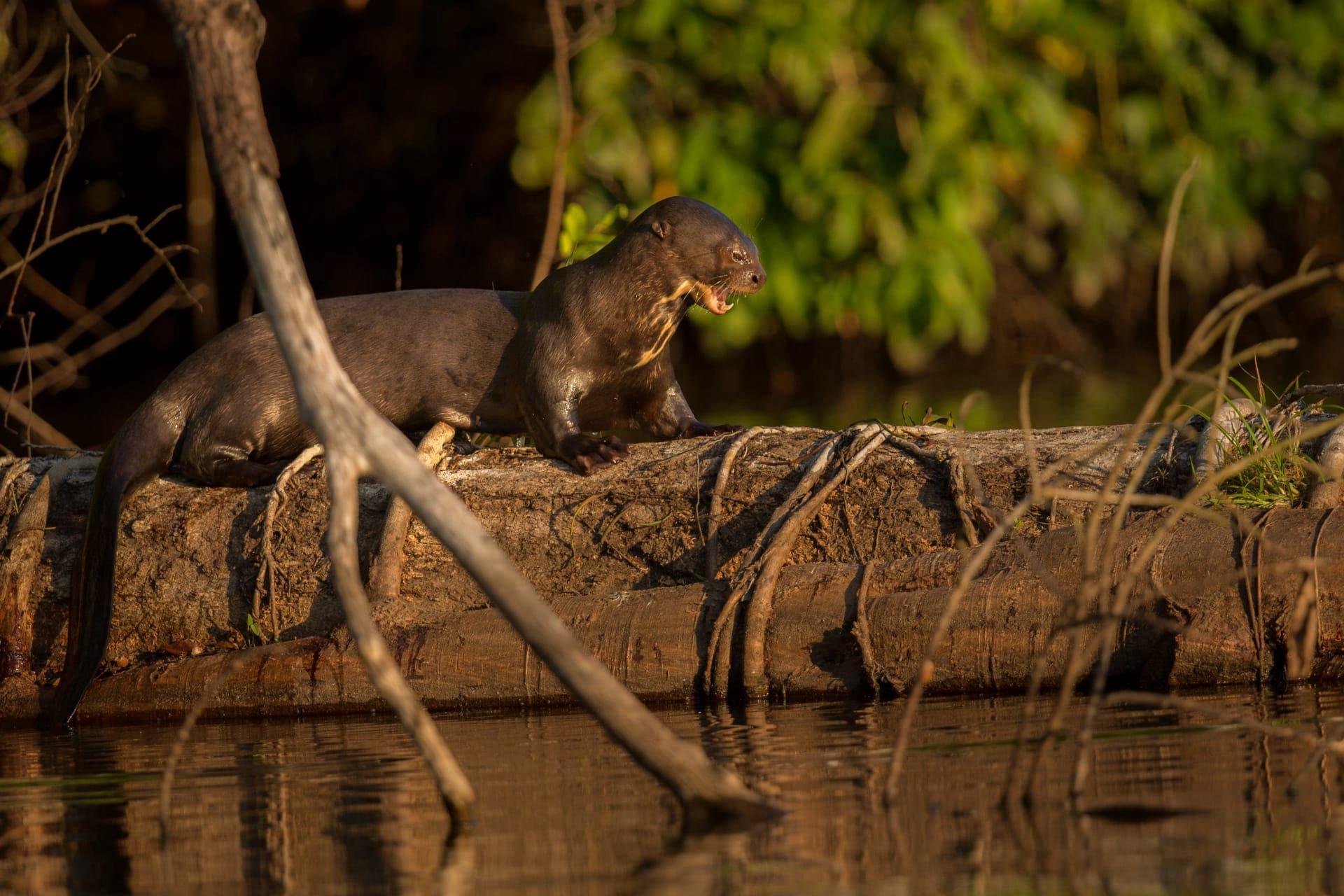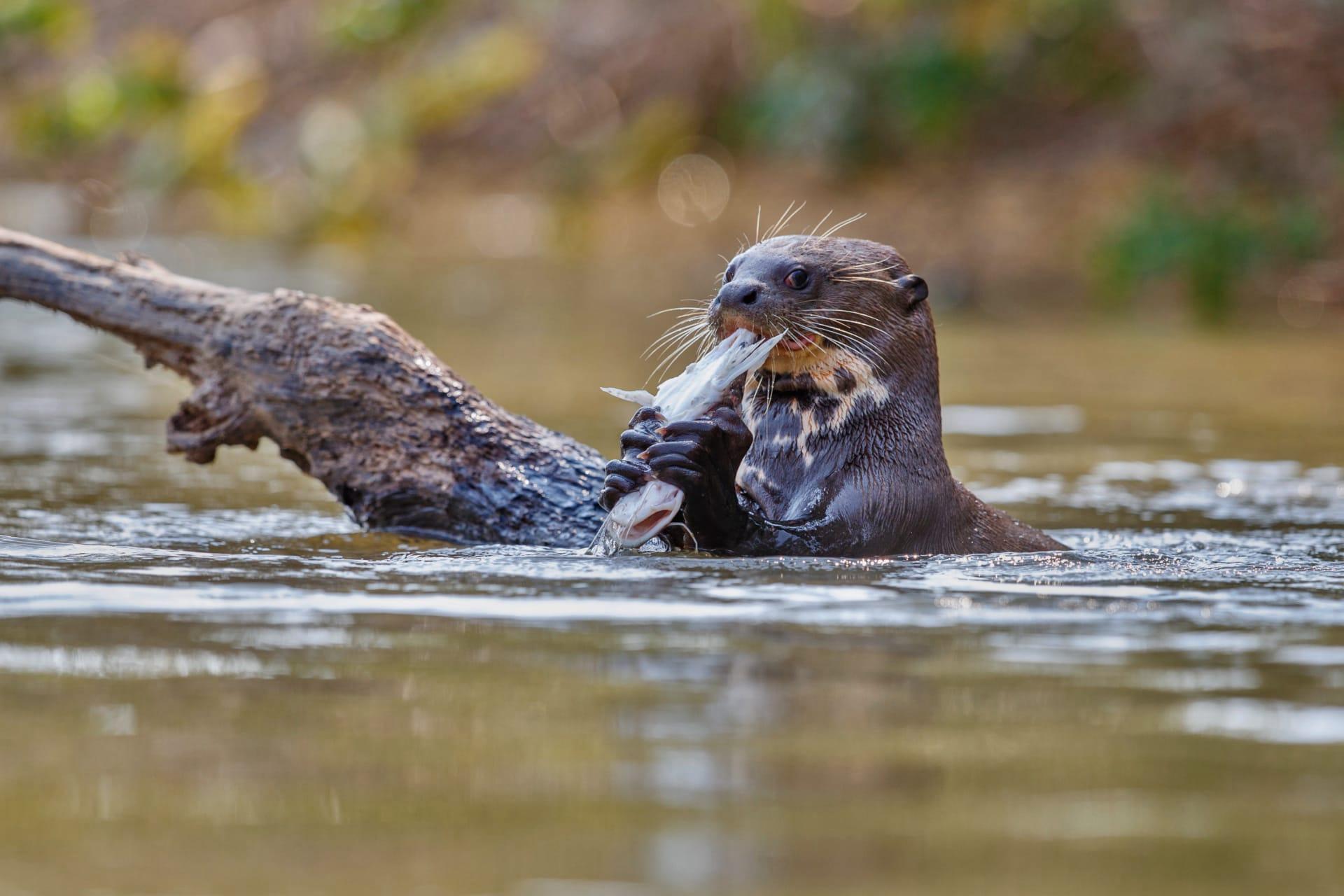Otter Trivia
- Home /
- Trivia Question /
- Animal /
- Otter Trivia
1
Question: How do otters communicate with each other?
Answer: Otters communicate using a variety of sounds, like whistles, chirps, and growls. Each sound has a specific meaning, ranging from signaling danger to expressing playfulness. Additionally, otters use body language and scent markings to convey messages to one another.
Question: What is the diet of an otter?
Answer: Otters are carnivorous and primarily eat fish and shellfish. Their diet can also include birds, small mammals, and amphibians. An average otter consumes about 15-20% of its body weight in food each day. They have a high metabolism that helps them stay warm in their aquatic environments.

2
Question: Can otters use tools?
Answer: Yes, otters are one of the few tool-using mammals. Sea otters, for instance, use rocks to crack open hard-shelled prey like clams and sea urchins. They often have a favorite rock which they keep stored in a pouch under their forelimb.
Question: Do otters build dams like beavers?
Answer: Unlike beavers, otters do not build dams. Otters live in dens, known as holts, which are often burrows or natural hollows near the water's edge. They might use existing dens made by other animals or natural crevices in rocks.

3
Question: How long can otters hold their breath underwater?
Answer: Otters can hold their breath for up to 4-5 minutes underwater. This ability allows them to dive and forage for food effectively. Sea otters can dive up to 330 feet deep, while river otters typically dive to shallower depths.
Question: Are otters social animals?
Answer: Yes, otters are quite social. River otters often live in family groups, and sea otters can be seen in groups called rafts, which can number up to 100 individuals. They are playful animals and often engage in social activities like grooming each other or playing games in the water.

4
Question: How do otters keep warm in cold water?
Answer: Otters have two layers of fur: a dense undercoat that traps air and a waterproof outer coat. This fur keeps them insulated in cold waters. Sea otters also have the thickest fur of any mammal, with up to 1 million hairs per square inch.
Question: What is the lifespan of an otter in the wild?
Answer: The lifespan of otters varies by species. In the wild, river otters typically live for 8-9 years, while sea otters can live up to 15-20 years. Factors influencing their lifespan include habitat, diet, and threats from predators and human activities.

5
Question: How do otters impact their ecosystem?
Answer: Otters play a crucial role in their ecosystems as apex predators. They help maintain the balance of aquatic ecosystems by controlling populations of fish and other prey. Sea otters are especially important in kelp forest ecosystems, where they control sea urchin populations that can overgraze on kelp.
Question: Can otters swim immediately after they are born?
Answer: Otter pups are not born with the ability to swim. They start learning to swim at about 2 months of age. Initially, the mother otter will carry the pup on her belly in the water and eventually teach it to dive and forage for food.